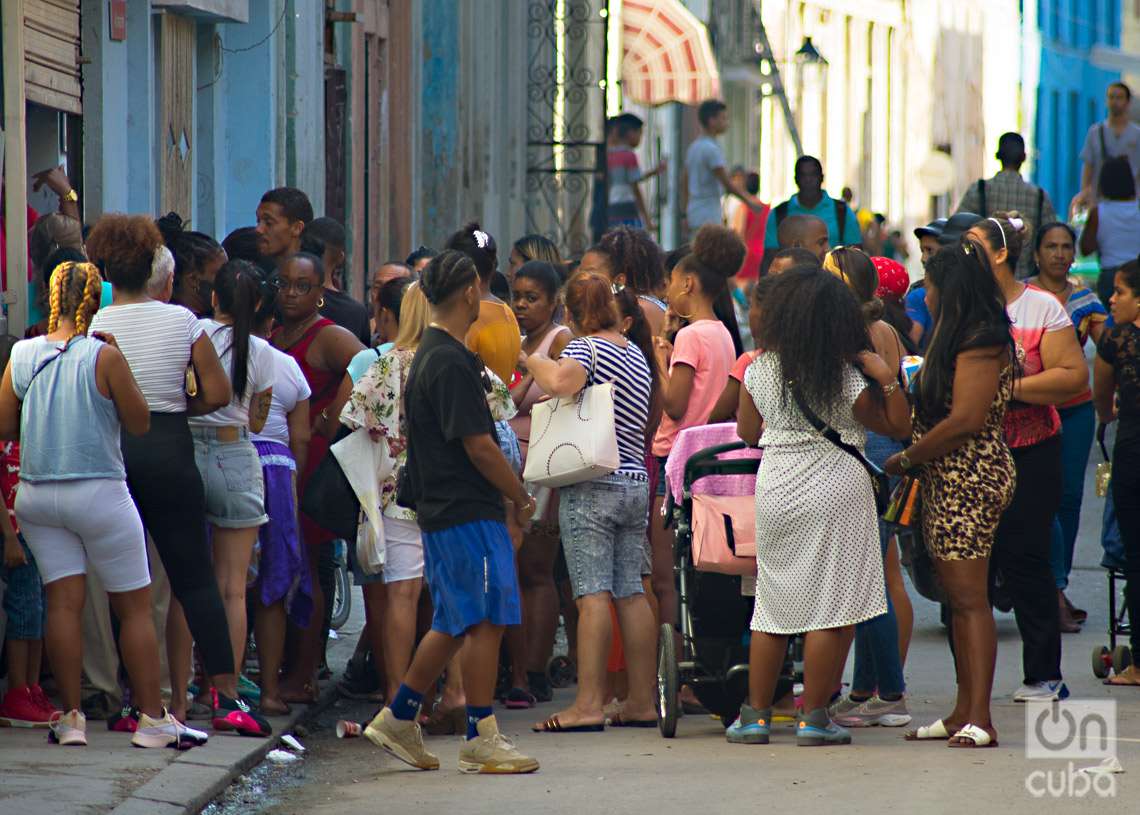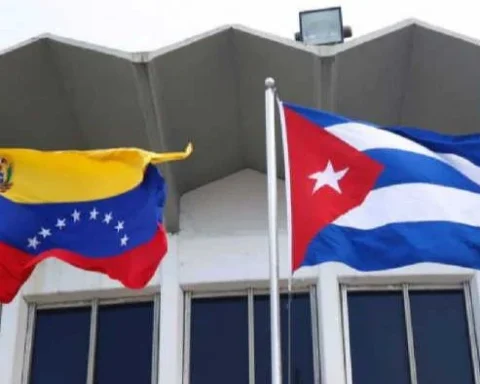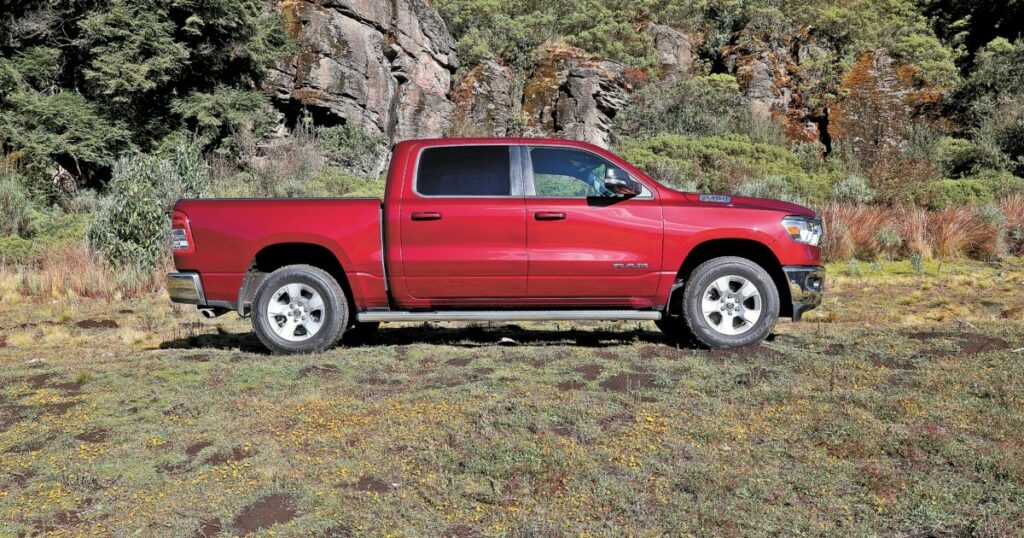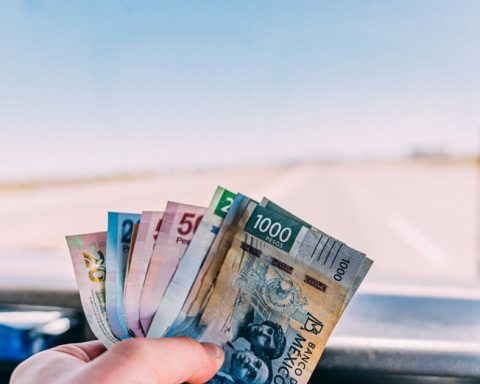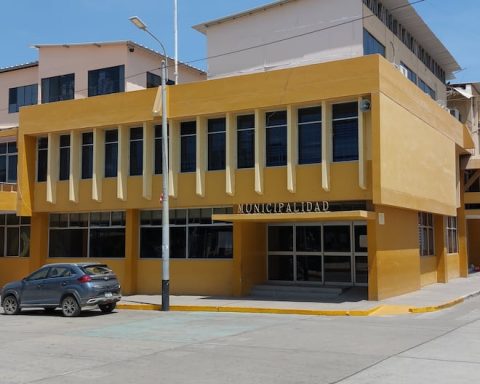In the bodega in my area there is a list that organizes the queue to purchase tickets with which, if enough, they will buy five pounds of pork, at 250 pesos each. The face of exhaustion and anxiety as a behavior are the most visible signs of people who hope, at least, to be able to sign up for that kind of door to hope.
This image can be recreated in queues of many formats and contents to access any product or service. Tails with amazing capacity for metamorphosis. Today they are of one type and tomorrow of another: by list or by order of arrival; it is organized by the people or guaranteed by the institution; Is it a fixed list or do you have to rectify every so often; it is done through a phone call; etc.
The queue is a kind of social place where dissimilar power relations take place, where institutional rigidity and the creative chaos of the people are generally disputed. It is a point where all the tensions of the country that we are concur on a daily basis, where the designs that seek equity in the distribution of lack and the selfishness that mercilessly hoards pulsate. Space where, on occasion, all possible order is lost and the law of the strongest prevails, controllable only with the arrival of the police.
They command the space, in general, blacks and mestizos, who self-manage the queue to guarantee their access to the goods or services that are offered. Women who, as a trend, have little or no possibility of acquiring basic necessities other than in this way. Women who, in addition and essentially, live in a situation of poverty.
In that polychrome that it generates, the queue can potentially be a source of informal (precarious) employment for the people who sell the shifts. A crack for popular, grassroots power, self-management and control of space. A kind of permanent assembly where opinions are exchanged, where ways are proposed to make the distribution of what arrives work better. I say potentialities because it is not stable, systematized. It is a spontaneous and conjunctural response. But, I reiterate, potentiality after all.
Narratives abound about that scenario, almost an institution, of the Cuban reality. There are even industrial engineering studies looking for solutions to make them more efficient: tables, flows, trends, models, there is everything in terms of queues. In recent days, the model called LCC, implemented during the pandemic to ensure order and equity, resulting in a snake biting its own tail.
Now a more organized model works that, at least for the consumption of food and hygiene, focuses on specific days, for each consumer, the anguish and uncertainty that waiting for your turn represents, with a little more possibility of achieving something . It tries to solve a problem of the previous model, the access of the people who work to the products, which was almost impossible. I can attest to this because, in my experience, since June I have not been able to acquire any product in this way, and now I have accessed a module that, without a doubt, gives me a momentary breather.
The truth is that the queue is the place from which we all want to get out. I am not referring to the day invested, sometimes with faith and other times with uncertainty, to acquire a good or an equitable service. I speak of the tail as a symptom, not as a disease. This is the visible face, permanently visible, of a chronic lack, of a structural crisis that affects all areas of Cuban reality. The antidote for chronic tail is supply and efficiency, there is no other.
In December of last year, in an interview on television (which, by the way, was censored) I asked that 2022 be the year where the queues abandoned us, at least in the intensity of that time. It is more than evident that it was a truncated wish. Even more complex (even sad) is that by 2023 we can only ask that queues be more efficient and guarantee more equity, but we cannot hope that they will disappear; at least they do not lose their function of regulation and distribution of deficiencies.
The queue, as an institution of the Cuban model, reveals that we are an organized country, an oiled system in the pretense of distributing goods and services fairly. Each person knows where to buy, where to access a certain service. That happens across the country. However, distributing in the La Coronela neighborhood is not the same as distributing in Zamora-Coco Solo. The order does not equally reach areas that are unequal, especially in population density. It is not the same, and here is another deficit of the current scheme, that the day that corresponds to your number there are wet wipes and deodorant, or that there are sausages, chicken and detergent. Uncertainty also inhabits this formula.
The conditions before us do not bode well for the 2023 cola plan. The economic conditions do not show data that suggest more chicken, bread, stamps, liquefied gas, medicines, oil, various meats with affordable prices, transportation, stable hospital services and quality and a long etcetera. It does not seem that the also long queues for passports, tickets, certification of documents, with a view to other horizons, will decrease.
The queue manifests, here and now, our pain as a people. It is an essential place to understand what we are, our morals, our contradictions and achievements. It is an infallible means of knowing how far we are moving forward or how far back we are.
The queue is a measure of the quality of national policy and its results. The practical and contextualized agenda of any political program must be led by the fight to eradicate cola, not the cola and the choleras as if they were the essence of the problem. We must fight against the conditions that generate them, and not only against the corruption and daily indignation that they generate.
